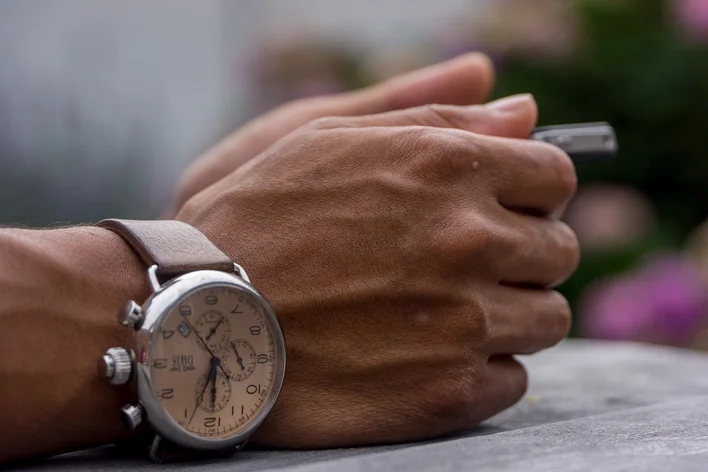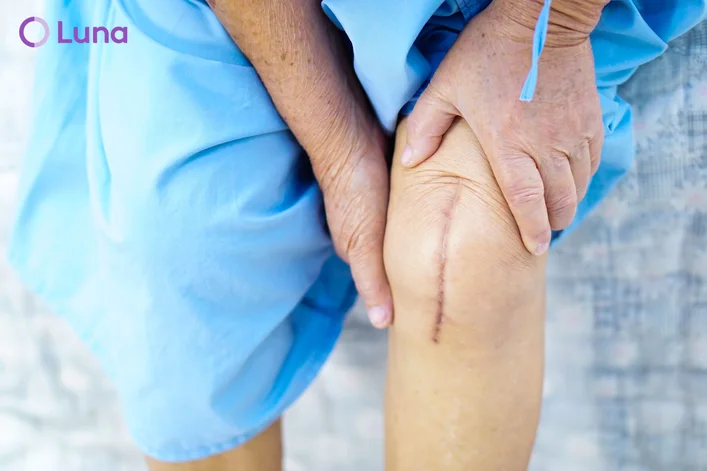
Meet with the best carpal tunnel syndrome physical therapists in Boston, Massachusetts
Boston, Massachusetts, Luna’s team of physical therapists has experience and expertise in the treatment of carpal tunnel syndrome. Our certified physical therapists manage CTS symptoms with carpal tunnel treatment exercises that include nerve and tendon gliding, wrist resistance, hand squeezes, ultrasound, and ice therapy.
Resting wrist splints are often prescribed to prevent further compression on the median nerve until the inflammation subsides. An effective physical therapy program will focus first on relieving symptoms and then on strengthening exercises for the hand and forearm musculature that will prepare patients to return to daily activities and work tasks. Luna physical therapists will also advise patients on any ergonomic adjustments that can be made to prevent further flare-ups.
There are no “home remedies” for carpal tunnel syndrome, but with Luna, patients can get carpal tunnel syndrome treatment at home, at the office, at the park, or at the location of their choosing. Our physical therapists come to you.

What is carpal tunnel?
A common condition affecting over eight million people in the United States alone, carpal tunnel syndrome (CTS) occurs when the passageway formed by the wrist’s carpal bones compresses the median nerve. CTS most commonly causes pain, numbness, tingling, burning, and “shock-like” sensations in the thumb, index, middle, and ring fingers. The neuropathic sensations produced by carpal tunnel syndrome may also radiate up the arm to the forearm and shoulder.
For most CTS sufferers, physical therapy provides the best and most effective treatment option. PT wrist strengthening exercises designed to reduce pressure on the median nerve can, in a majority of cases, restore normal sensation in the hand, wrist, and arm — with surgery being the preferred option only for acute cases of CTS.
Such severe cases typically result from extreme and/or long-term median nerve compression, and can cause atrophy (or wasting) of the muscles in the hand and wrist, negatively affecting grip strength, pinch strength, and dexterity (think: threading a needle). Less common causes include traumatic injuries to the wrist.
Source: Move Forward

What causes carpal tunnel?
While the cause of carpal tunnel syndrome is typically unattributable, activities which compress the carpal tunnel, exerting pressure on the median nerve, are generally understood to represent the most common trigger. The causes can be divided into two categories: Work-related causes, and those brought on by associated conditions.
The most common causes of carpal tunnel syndrome include:
- Repetitive movements of the hand — typically work-related (i.e. typing or manufacturing line work)
- Hypothyroidism
- Arthritis
- Diabetes
- Pregnancy
- Injury to the wrist (i.e. wrist fracture)




















